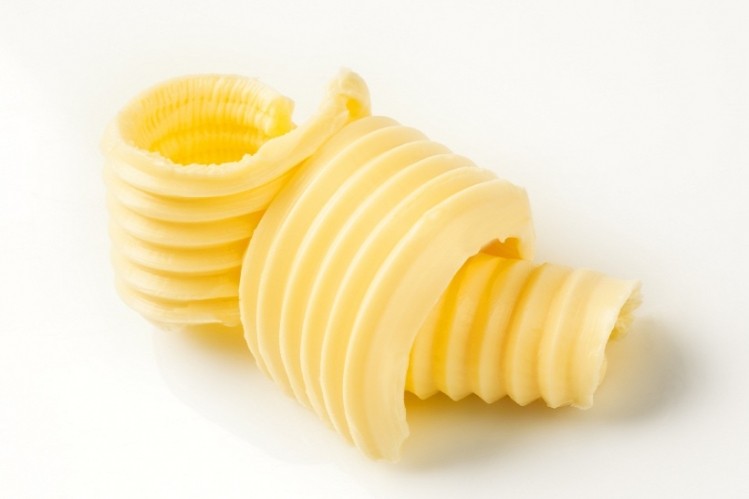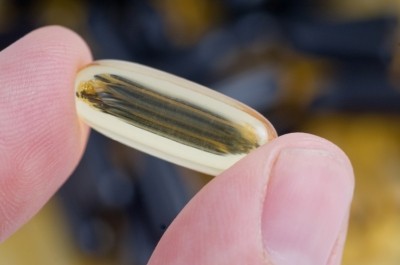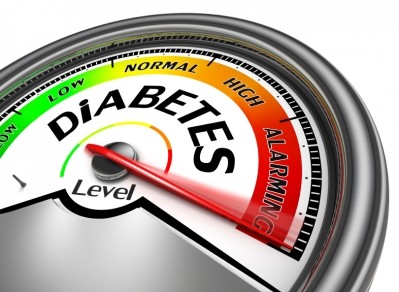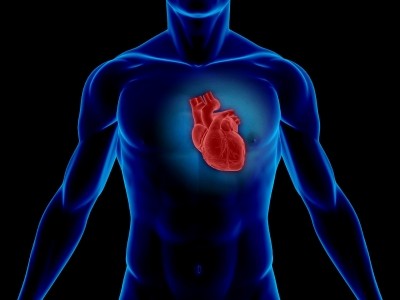Low dose omega-3s and sterols effective for triglyceride and cholesterol reductions: Unilever study

Omega-3s and phytosterols/stanols are leaders in the cardiovascular health sector. Clinical data indicates that daily consumption of 1.5 to 3 grams of phytosterols/-stanols from foods can reduce total cholesterol levels by 8-17%.
Scientists from Unilever Research and Development Vlaardingen, Quadt Consultancy B.V. (The Netherlands), and Food Files (Sweden) now report that combining omega-3s and sterols in a single food format was associated with triglyceride reductions of between 9 and 16%, and LDL cholesterol reductions of about 13%.
Commenting on the study’s findings, Harry Rice, PhD, VP of regulatory & scientific affairs at the Global Organization for EPA and DHA Omega-3s (GOED), told NutraIngredients-USA that there are two take-aways from this study: “First, the results provide further evidence (compelling) that the first-line treatment for a combination of elevated triglycerides and LDL cholesterol should be fish oil and plant sterols, not fibrates and statins.
“Second, the fear that fish oil will negate the benefit of plant sterols is unfounded.”
Study details
Led by Rouyanne Ras, the researchers investigated the effects of different low doses of EPA and DHA in a low-fat spread enriched with sterols.
Three hundred and thirty two men and women with elevated cholesterol levels were randomly assigned to receive the spread with 2.5 grams per day of sterols and different levels of omega-3s (0, 0.9, 1.3, and 1.8 grams per day of EPA + DHA for four weeks).
Results showed that, for the 314 people who completed the study, triglyceride levels were reduced in an omega-3 dose-dependent manner, ranging from 9.3 to 16.2% reductions, compared with the control group.
In addition, LDL cholesterol levels decreased by between 11.5 and 14.7%, compared with the control group.
“According to the WHO, about 40% of adults (over 25 years of age) worldwide have elevated triglyceride concentrations,” said the researchers. “Furthermore, about 30% of adults (over 18 years of age) in the United States have above desirable triglyceride concentrations, and this proportion is expected to increase in the near future due to the increasing prevalence of obesity and type 2 diabetes.
“Interestingly, lifelong lower exposures to risk factors (e.g., LDL-C) seem to be associated with a greater reduction in [coronary heart disease] risk per unit of cholesterol-lowering than that observed with a statin treatment later in life. Thus, from a preventative point of view, there is an increasing need to manage blood lipid risk factors to prevent future CHD events.
“The use of low-fat spreads enriched with both plant sterols and fish oil may thus offer an interesting opportunity for a combined blood lipid benefit that would fit in diet and lifestyle changes for improving blood lipid profiles.”
Source: Journal of Nutrition
Published online ahead of print, doi:10.3945/jn.114.192229
“Low Doses of Eicosapentaenoic Acid and Docosahexaenoic Acid From Fish Oil Dose-Dependently Decrease Serum Triglyceride Concentrations in the Presence of Plant Sterols in Hypercholesterolemic Men and Women”
Authors: R.T. Ras, I. Demonty, Y.E.M.P. Zebregs, J.F.A. Quadt, J. Olsson, E.A. Trautwein















